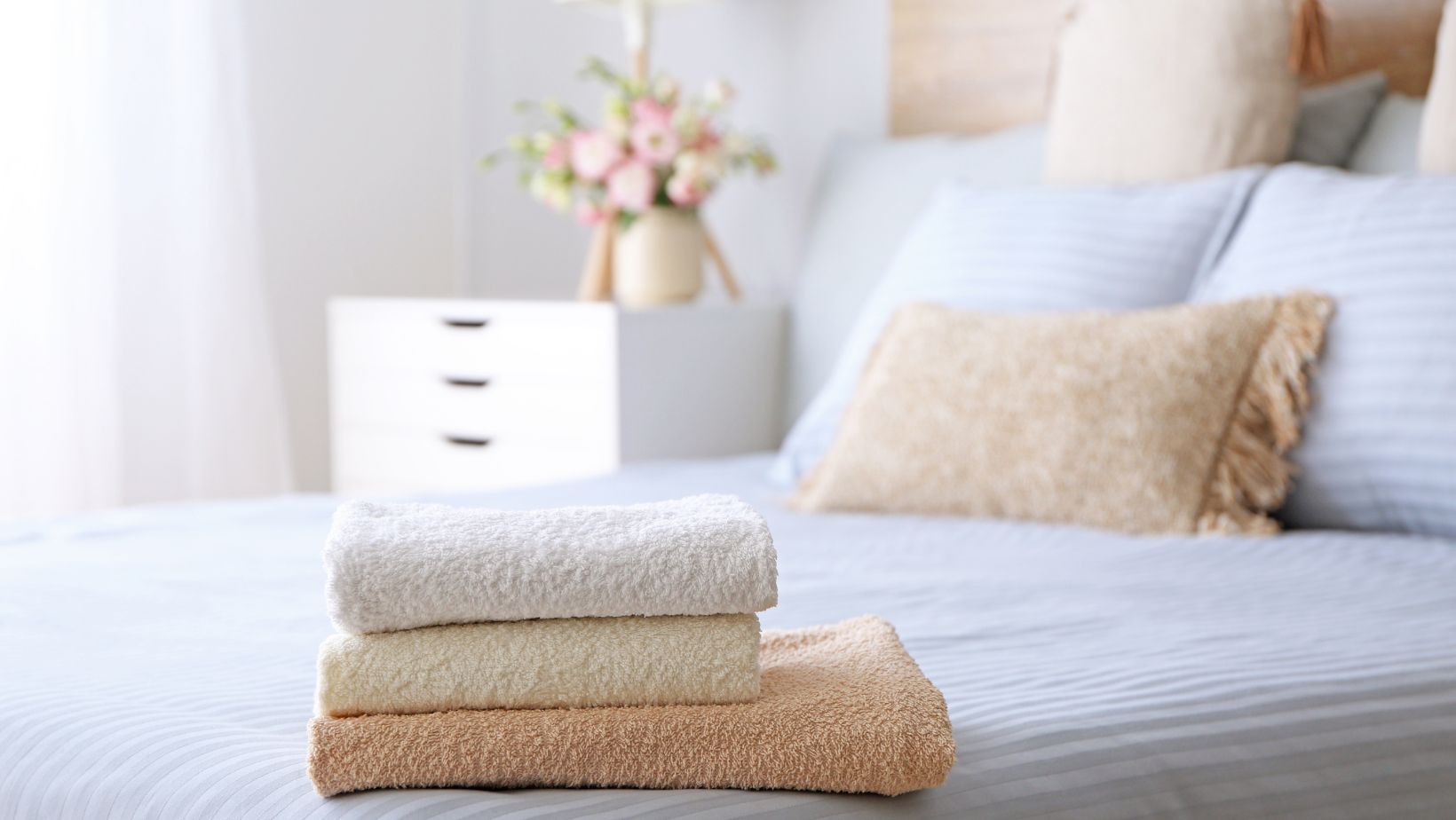Light sleepers often find themselves caught between the comfort of memory foam and the support of hybrid mattresses. Both options offer unique benefits, but choosing the right one can significantly impact sleep quality. For light sleepers, hybrid mattresses generally provide a better balance of comfort and support, offering pressure relief while minimizing motion transfer.
Memory foam mattresses excel in contouring to the body and absorbing movement, which can be beneficial for those easily disturbed by partner movement. However, they may retain heat and lack the responsiveness some sleepers prefer. Hybrid mattresses combine the pressure-relieving properties of foam with the support and breathability of coil systems, making them a versatile choice for various sleep styles.
When selecting a mattress, light sleepers should consider factors such as motion isolation, temperature regulation, and overall comfort. It’s important to test different options and compare their features. Those interested in exploring a range of mattress choices may want to visit BedKingdom to see black friday bed sale for potential savings on quality sleep solutions.
Key Takeaways
- Hybrid mattresses often provide the best balance of support and comfort for light sleepers
- Memory foam excels in motion isolation but may retain heat more than hybrid options
- Considering factors like sleep style and temperature preferences is crucial when choosing a mattress
Comparing Memory Foam and Hybrid Mattresses
Memory foam and hybrid mattresses offer distinct features and benefits for light sleepers. Their construction, comfort, and temperature regulation characteristics differ significantly, impacting sleep quality.
Construction and Material Differences
Memory foam mattresses typically consist of multiple layers of foam. The top layer uses viscoelastic foam that contours to the body. Beneath this lies a transition layer and a high-density polyfoam support core.
Hybrid mattresses combine foam layers with an innerspring system. The comfort layer often includes memory foam, latex, or gel-infused foam. A pocketed coil support core provides the foundation.
Memory foam mattresses excel in pressure relief and motion isolation. Hybrids offer enhanced edge support and responsiveness due to their coil systems.
Comfort and Support Features
Memory foam provides deep pressure relief by conforming closely to the body. This material excels at reducing motion transfer, beneficial for light sleepers with restless partners.
Hybrid mattresses balance contouring and support. The coil layer offers more bounce and responsiveness. Pocketed coils move independently, reducing motion transfer while providing targeted support.

Both types come in various firmness levels. Memory foam tends to offer a more pronounced “hug” feeling. Hybrids generally provide better support for heavier individuals due to their coil systems.
Temperature and Breathability
Traditional memory foam can retain heat, potentially causing discomfort for those who sleep hot. Many manufacturers now incorporate cooling materials like gel or copper infusions to improve temperature regulation.
Hybrid mattresses typically offer better airflow due to their coil support core. This design allows for increased ventilation and heat dissipation throughout the night.
Some hybrids feature cooling comfort layers, such as gel-infused foam or latex, to enhance breathability. The combination of these materials with the innerspring system often results in a cooler sleep surface compared to all-foam options.
Determining the Ideal Choice for Light Sleepers
Light sleepers require mattresses that minimize motion transfer and noise while providing comfort and support. The choice between memory foam and hybrid mattresses depends on individual needs and preferences.
Impact on Sleep Quality and Health
Memory foam mattresses excel at reducing motion transfer, making them ideal for light sleepers who share a bed. The foam absorbs movement, preventing disturbances from a partner’s tossing and turning. This can lead to fewer sleep disruptions and improved overall sleep quality.
Hybrid mattresses offer a balance of support and comfort. The coil base provides responsiveness, while foam layers offer pressure relief. This combination can benefit light sleepers with back pain or those needing spinal alignment support.
Both types can affect body temperature differently. Memory foam tends to retain heat, which may disturb light sleepers sensitive to temperature changes. Hybrid mattresses often have better airflow due to their coil systems, promoting a cooler sleep environment.
Considerations for Specific Sleep Needs
Side sleepers who are light sleepers may prefer memory foam for its pressure-relieving properties. The material contours to the body, reducing pressure points on hips and shoulders. This can lead to less tossing and turning, crucial for uninterrupted sleep.
Hybrid mattresses can be a good choice for light sleepers who need more support or have mobility issues. The responsive coil base makes it easier to change positions without feeling stuck. This can be particularly beneficial for those with back pain or who frequently adjust their sleeping position.
Light sleepers with allergies should consider hypoallergenic options in both memory foam and hybrid mattresses. Many modern mattresses incorporate materials that resist dust mites and other allergens, promoting a healthier sleep environment.
Conclusion
Light sleepers have unique needs when it comes to mattress selection. Memory foam offers excellent motion isolation and pressure relief, which can help minimize disruptions. Hybrid mattresses provide a balance of support and comfort, with improved breathability and edge support.
The choice ultimately depends on individual preferences and priorities. Those who prioritize motion isolation may lean towards memory foam, while those seeking a cooler sleep surface might prefer a hybrid. Regardless of the choice, both options can provide a restful night’s sleep for light sleepers when selected with care.



More Stories
Luxury Glassware for Yachts — Which Collections Are Worth Bringing On Board
Zoning Spaces Within a Single Room: Architectural Strategies for Spatial Clarity
Luxury Upgrades on a Budget: How to Achieve a High-End Look for Less